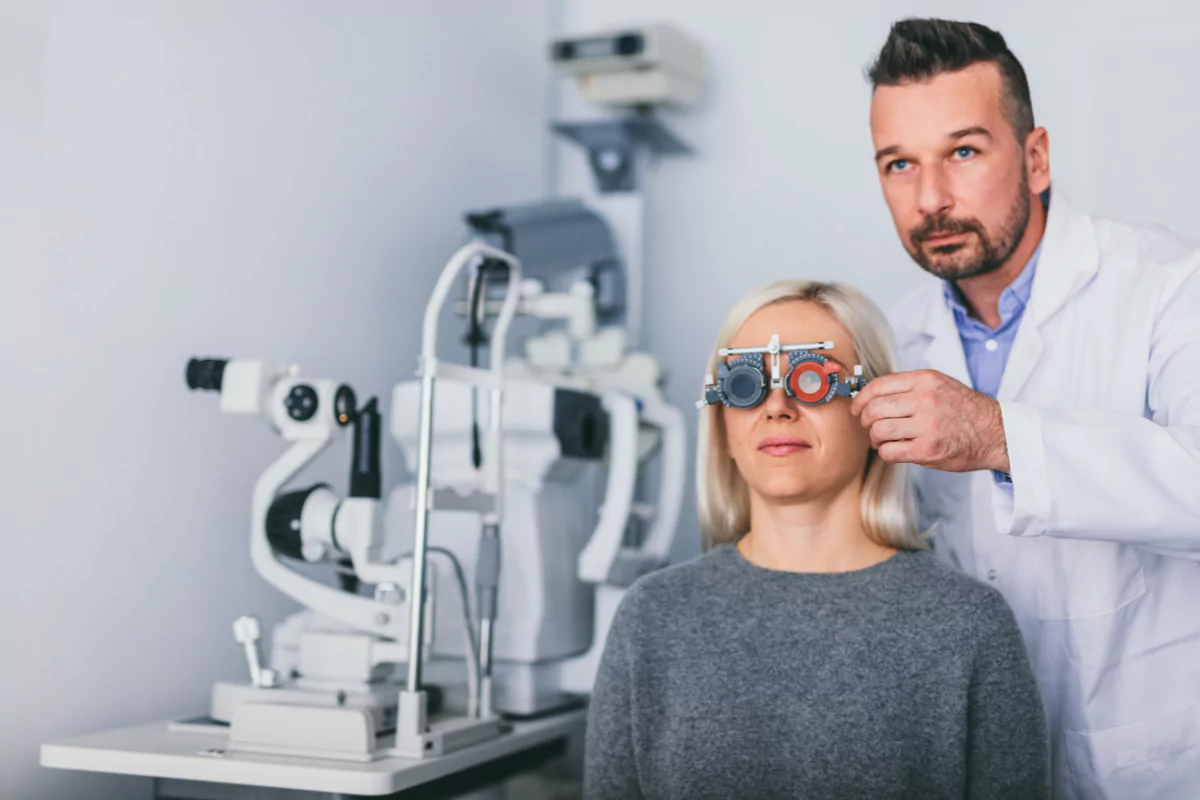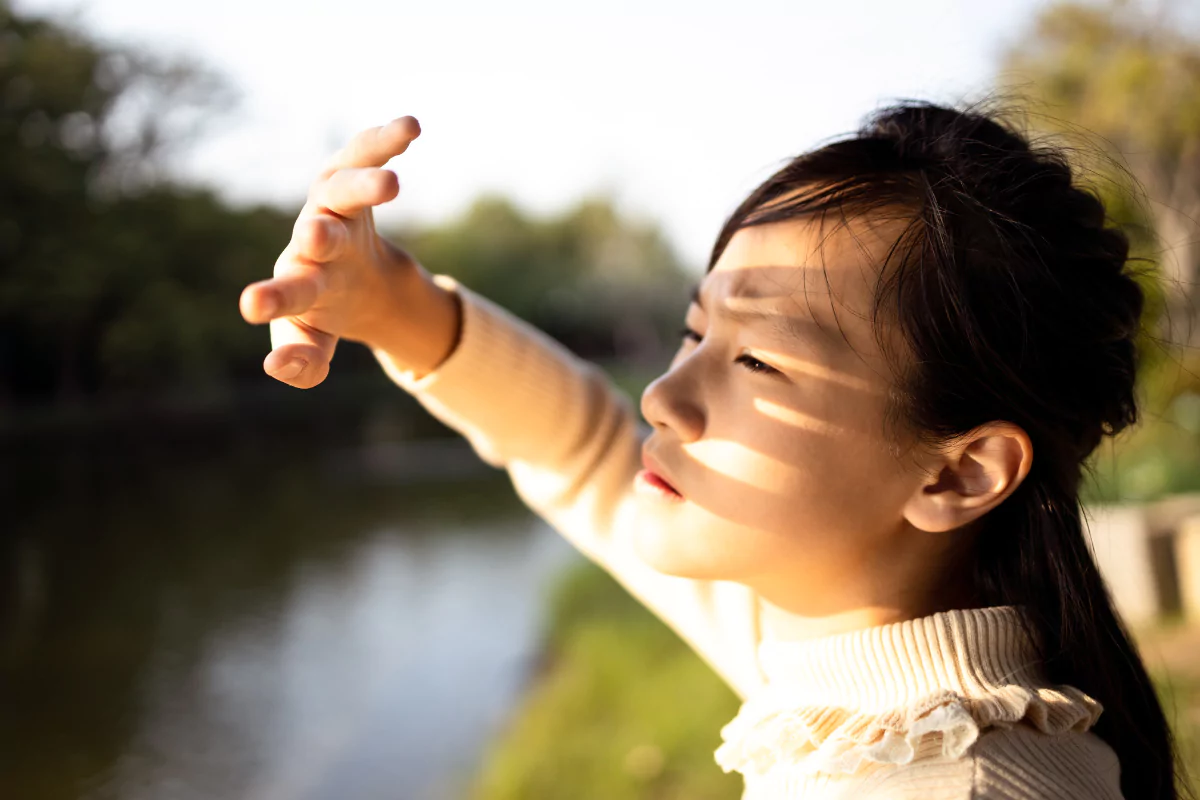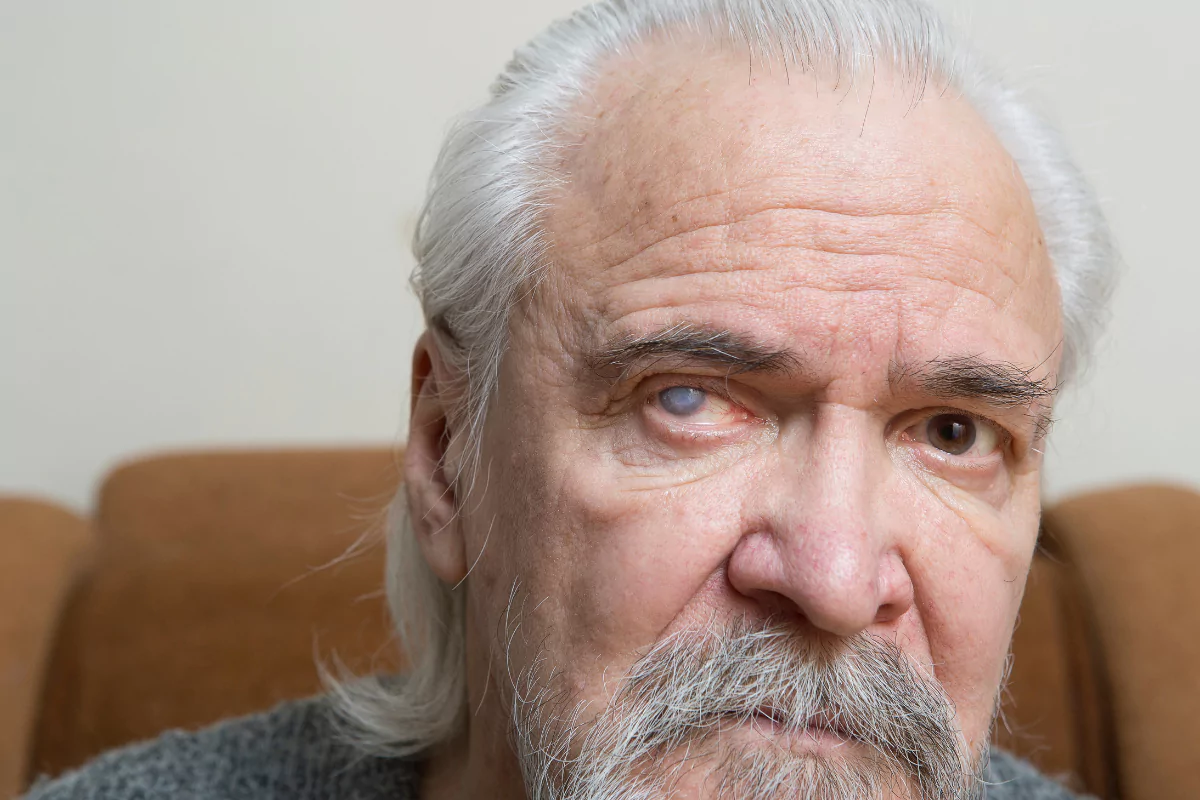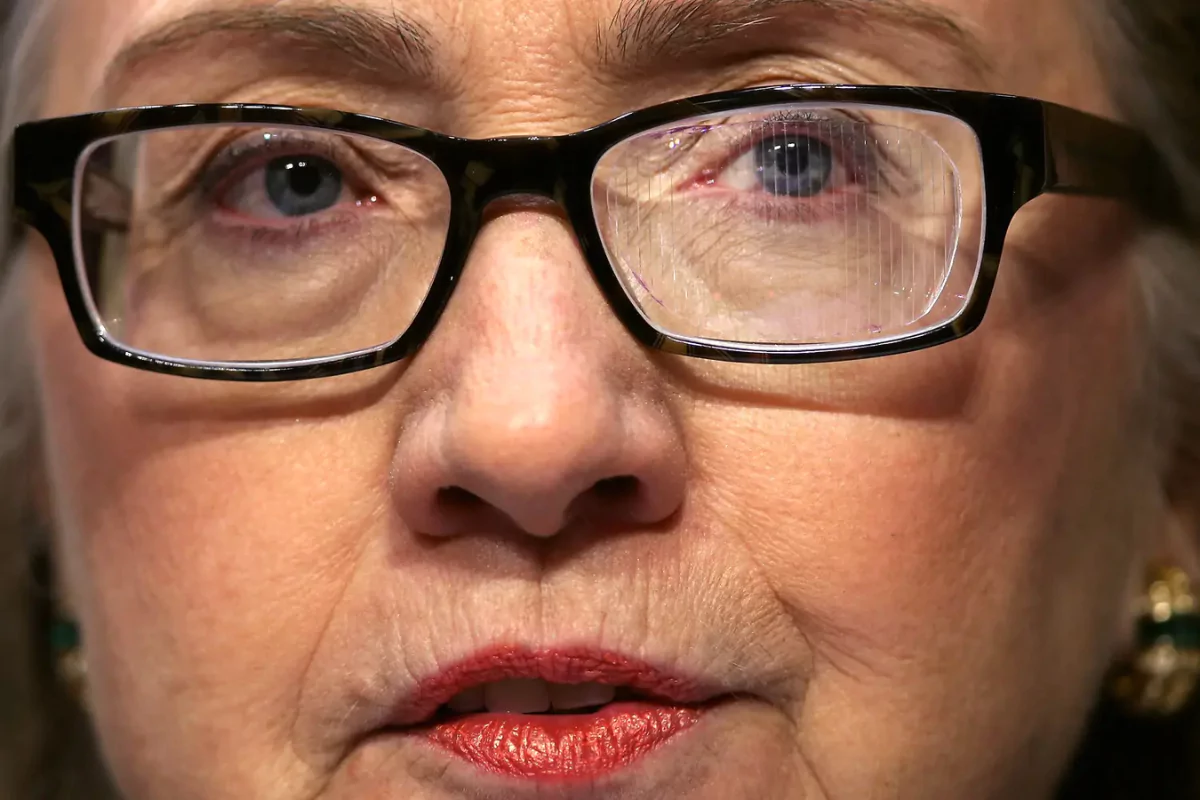What Does a Low Vision Specialist Do?
Have you ever wondered how people who experience more difficulty seeing can still get around and see things? That’s where low vision specialists come in.
Whether it’s for yourself or someone you know, let’s find out about these experts and how they make a difference in improving vision and making life better.
What are low vision specialists?
Low vision specialists are trained to help people with vision problems use their remaining vision as best as possible.
They’re licensed optometrists or ophthalmologists who help people with poor vision that can’t be fully fixed with medicine, surgery, or glasses. If you have trouble seeing things clearly, like reading or cooking, a low vision specialist can examine your eyes and give you advice on how to handle these difficulties while maintaining independence. They can also teach those with poor vision how to use specialized tools.
When you visit a low vision specialist, they will check your eyesight to understand how well you can see. They will test things like how clearly you see, how well you see colors, and how wide your field of vision is. They may also check for sensitivity to glare. This helps them figure out the extent of your vision problems.
The specialist will also ask about your health and eye history. They will focus on how your vision problems affect daily activities like reading, using a computer, recognizing faces, and driving. Based on the evaluation, a personalized rehabilitation plan will be created. The rehabilitation process may require multiple clinic visits.
Like optometrists and ophthalmologists, low vision specialists require extensive training and education to practice. Low vision specialists are specifically trained to help people maximize their remaining vision. They collaborate with you to create a plan for rehabilitation to make the most of your remaining vision and help you remain independent in your daily life.
Apart from creating personalized plans for people with limited vision, they’re capable of finding the best tools and techniques to make your vision better and make daily activities easier. For instance, they can suggest special glasses, magnifiers, or other devices of the like.
They can also teach their patients how to use their vision in the best way possible, like showing them how to utilize good lighting and contrast to see things more clearly. They can even help them with skills like reading, writing, and getting around safely.
What qualifies as low vision?
If you have a 20/40 prescription, you don’t have low vision.
The World Health Organization (WHO) says low vision is anywhere from 20/70 to 20/400 even with correction. This means people who are legally blind are considered to have low vision.
Having low vision can also mean having a narrow field of vision, seeing only up to 20 degrees or less in front.
A person with this condition usually has difficulty seeing even with glasses, contacts, or treatment. They can still see things, but it may be challenging for them to do everyday activities like reading, recognizing faces, or getting around.
There are several common types of low vision that people may experience. Here are a few examples:
1. Loss of central vision
This occurs when a person has trouble seeing things right in front of them or at the center of their visual field. A person’s central vision is used for clear and detailed sight, so this condition can make activities like reading, writing, and recognizing faces difficult.
2. Peripheral vision loss
A person with peripheral vision loss has difficulty seeing things at the sides or edges of their visual field. It can make navigating or being aware of objects or people in their surroundings challenging.
3. Blurred vision
Blurred vision makes everything appear unclear or out of focus. It can affect a person’s ability to read, drive, or perform tasks requiring visual precision.
4. Glare sensitivity
It refers to increased sensitivity to bright lights or glare. This condition can be particularly challenging in environments with bright sunlight, reflections, or artificial lighting. It can affect tasks such as driving, reading, or moving around outdoors.
5. Night blindness
Night blindness refers to difficulty seeing in low light conditions or at night. It can make driving or moving around safely challenging when lighting is poor.
6. Tunnel vision
Tunnel vision narrows a person’s field of vision, making it feel like one is looking through a tunnel. It can limit their ability to see objects or people in their peripheral vision.
What are the common causes of low vision?
There are various eye conditions or diseases that can cause low vision. These conditions cannot be fully corrected or treated by wearing regular eyewear or undergoing medical procedures. Here are a few of the most common causes:
1. Cataracts
These are cloudy areas that form in the eye’s lens and cause blurry vision. They can make it difficult to see clearly and are a common cause of low vision among older adults in particular.
2. Glaucoma
This is a condition where the pressure inside the eye increases and damages the optic nerve, leading to vision loss. It can result in a slow loss of side vision, and in advanced stages, can also affect central vision.
3. Macular degeneration
This affects the central part of the retina called the macula. It causes a loss of central vision and makes it hard to see fine details or do activities that need sharp vision, like reading or recognizing faces.
4. Diabetic retinopathy
This diabetes complication affects the blood vessels in the retina. It can lead to vision loss, blurry vision, and difficulty seeing at night.
5. Amblyopia
Also known as “lazy eye“, this condition happens when one eye doesn’t develop normal vision during childhood. The brain might rely more on the stronger eye, leading to the “lazy” or less active use of the weaker eye. Amblyopia can result in reduced visual acuity and poor depth perception.
Remember that each person’s situation is different, so seeing a healthcare professional for the right diagnosis and treatment options is always recommended.
What are the devices that aid low vision?
Here are some special devices that can help people with low vision see better:
1. Glasses-mounted magnifiers
These are like regular glasses, but with special lenses that can make things look bigger and clearer. They can be helpful for reading, sewing, or doing close-up tasks.
2. Prismatic glasses
These specs have special lenses that can help with double vision or problems with eye alignment. They can make things look more aligned and reduce eye strain.
3. Handheld magnifiers
These are small devices that you can hold in your hand to make things appear larger. They’re great for reading menus, labels, or other small print.
4. Telescopes
They help you see faraway things. Telescopes can be used to read signs or watch performances from a distance. There are miniature ones that can be held in your hand or attached to glasses.
5. Video magnifiers
They use a camera and screen to make things bigger for reading, writing, and looking at pictures. Video magnifiers have adjustable magnification and contrast settings, and can be used to take pictures.
6. Assistive technology
Various electronic devices and apps can help with low vision. These tools are designed to make everyday tasks easier. Some examples of assistive technology include:
- Magnifying screensThese devices have a screen that can make text and images appear larger, helping you see them more clearly.
- Text-to-speech softwareThis type of software can convert written text into spoken words, allowing you to listen to documents, books, or web pages instead of reading them.
- Reading assistantSome apps and devices can read out text aloud, helping you understand written information without straining your eyes. These are especially useful for reading things like menus or signs. All you need to do is take a photo of the text and the assistant will read it back to you.
These are just a few devices that can aid people with low vision. The specific device that’s best for you depends on your needs and what helps you see better. Talk to a low vision specialist or eye doctor to find out which device might work well for you.
Low vision specialists: Improving lives with personalized care
Low vision specialists are a lifesaver for people with significant vision problems, as they play an important role in helping them lead a normal life and improve their quality of living. Apart from assessing their condition, they can also create personalized rehabilitation plans, teach you how to use your vision better and provide emotional support.
If you have trouble seeing and eyeglasses, contact lenses, or surgery are not viable, consider visiting a low vision specialist to see how they can help.

Written by:
Phoebe Jade















